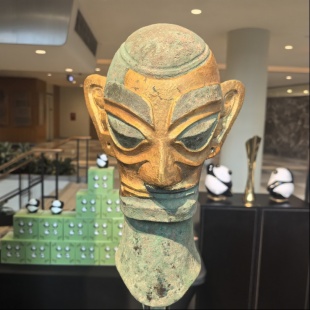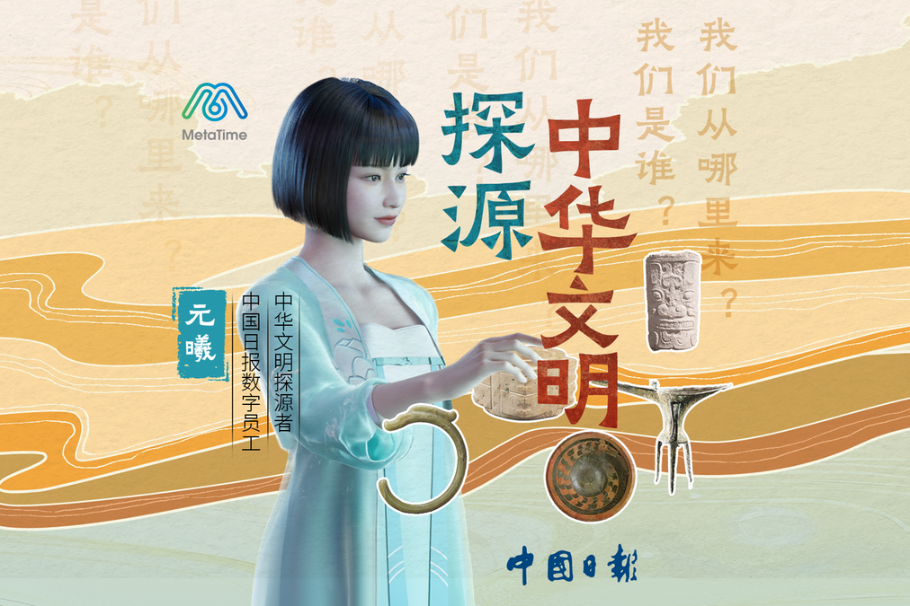Ancient Shu civilization makes debut at UN in landmark cultural exhibition


UNITED NATIONS -- An exhibition highlighting China's ancient Shu civilization opened on Monday at the UN headquarters in New York, providing a rare international platform for a culture that flourished over three millennia ago.
Themed "Light of the Sun -- Ancient Shu Civilization and the World," the exhibition draws on artifacts and motifs from the renowned Sanxingdui and Jinsha archaeological sites in southwest China, which date back approximately 3,600 to 2,800 years.
The display marks the first time the ancient Shu civilization has been presented at the UN and serves as a featured event of the newly established International Day for Dialogue among Civilizations, observed annually on June 10.
The exhibition is designed as a conversation between past civilizations and the present day. It features informational panels, replicas of cultural relics, art installations and interactive multimedia, exploring how ancient societies across the world revered the sun as a source of power, divinity and renewal.
The exhibition is divided into two thematic sections. The first, titled "Radiance of Civilizations," surveys sun-worship traditions across ancient Egypt, Mesopotamia, India and Greece. The second, "Shining Shu," focuses on the unique spiritual expressions of the ancient Shu civilization, showcasing high-fidelity replicas of cultural relics unearthed from the Sanxingdui and Jinsha sites -- including the Golden Sun Bird, bronze sacred trees, gold masks and gold-crowned human figures.
Among the highlights is the Golden Sun Bird, a delicately carved gold disc that has become the official emblem of China's cultural heritage. With its intricate openwork design and spiraling solar motif, it is widely viewed as a symbolic representation of the ancient Chinese cosmological worldview. Other items, such as a gold mask worn by human figures and bronze ritual trees, illustrate the Shu people's rich spiritual beliefs and ceremonial practices.
To enhance the visitor experience, the exhibition employs cutting-edge digital technologies, including naked-eye 3D projections, VR simulations, and floor-to-ceiling animated displays. One of the standout features, titled "Return to Ancient Shu," allows guests to explore the excavation process and archaeological findings through immersive visual storytelling. Visitors can also don VR headsets to virtually enter the Jinsha dig site and experience the moment of artifact discovery.
"By presenting ancient Shu culture alongside the great civilizations of Egypt and Mesopotamia, we highlight the spiritual commonalities of humankind -- and show that cultural diversity and mutual appreciation can thrive together," said Wang Fang, deputy director of the Jinsha Site Museum.
Since 2003, themed exhibitions on the ancient Shu have toured more than 20 cities worldwide, introducing global audiences to the depth and distinctiveness of early Chinese culture.
The exhibition will remain open at UN headquarters through June 20.





































